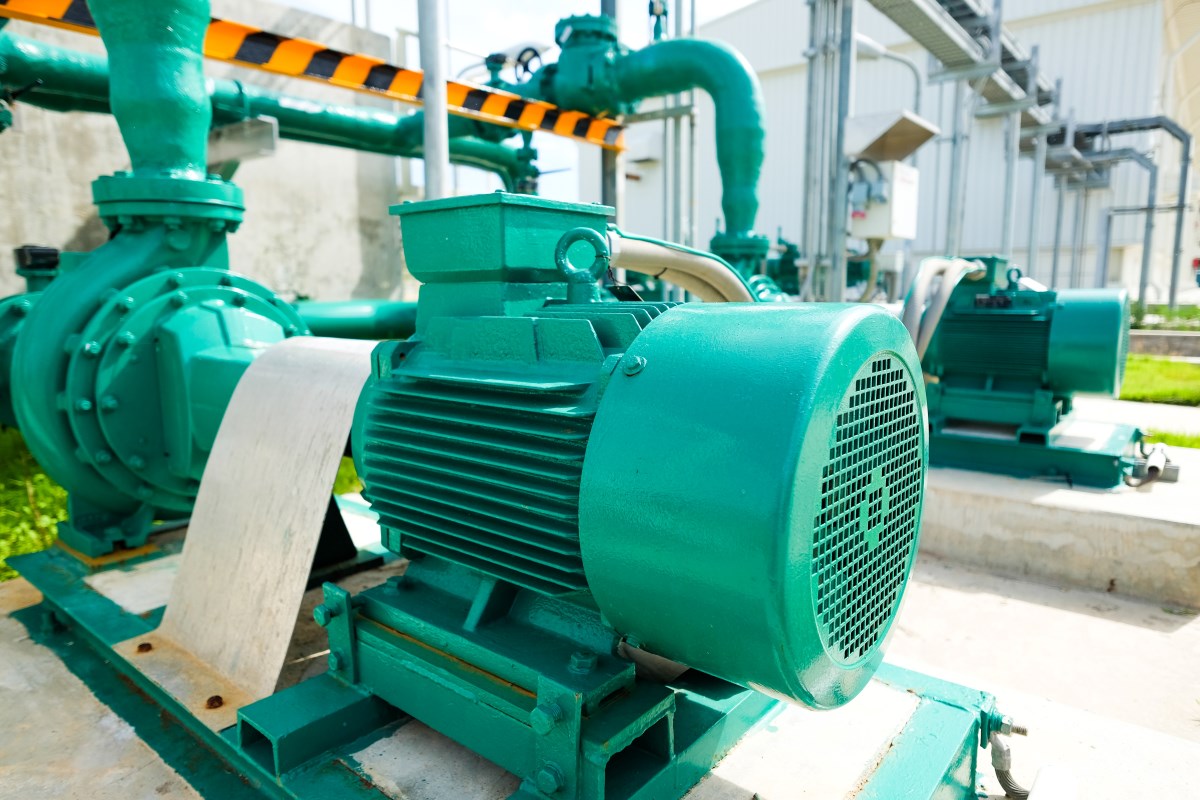

Articles
How To Tell If A Water Pump Is Pumping
Modified: October 20, 2024
Learn how to determine if a water pump is functioning properly with our informative articles. Find step-by-step guides and troubleshooting tips.
(Many of the links in this article redirect to a specific reviewed product. Your purchase of these products through affiliate links helps to generate commission for Storables.com, at no extra cost. Learn more)
Introduction
A water pump is an essential component of many systems, from domestic water supply to car engines. Its primary function is to circulate and transport water or other fluids throughout a system. Without a properly functioning water pump, the flow of water can be disrupted, leading to inefficiencies or even system failures.
Knowing how to tell if a water pump is pumping is crucial for maintaining the performance and reliability of the system it is connected to. In this article, we will explore the signs of a malfunctioning water pump and share some methods to test and diagnose its pumping capabilities.
Understanding how a water pump functions is essential before diving into the signs of a malfunctioning pump. Typically, a water pump consists of a motor, impeller, and housing. The motor drives the impeller, which then moves the water or fluid through the pump and into the system. This continuous circulation ensures proper functioning and efficient operation.
Now, let us examine the common signs that indicate a water pump may not be pumping as it should. Recognizing these signs early on can prevent further damage and potential system failures.
Key Takeaways:
- Regular maintenance and prompt attention to signs of malfunction, such as overheating, leaks, and unusual noises, are crucial for ensuring a water pump’s efficient operation and preventing potential system failures.
- Conducting visual inspections, coolant flow checks, and pressure tests can provide valuable insights into a water pump’s functionality, aiding in the timely diagnosis and resolution of any issues.
Read more: How To Tell If Your House Water Pump Is Bad
Understanding the Water Pump
Before we delve into identifying the signs of a malfunctioning water pump, it’s essential to have a solid understanding of how the pump works. A water pump is a mechanical device that is designed to move water or other fluids from one location to another. It plays a crucial role in various systems, including car engines, HVAC systems, swimming pools, and irrigation systems.
The basic functioning of a water pump involves the rotation of an impeller. The impeller is driven by a motor and is responsible for creating the necessary pressure to move the water or fluid through the pump and into the system. The impeller blades push the fluid outwards, creating a centrifugal force that propels the fluid forward. This continuous circulation of fluid ensures proper flow and distribution throughout the system.
Water pumps can be categorized into two types: centrifugal pumps and positive displacement pumps. Centrifugal pumps, which are the most common type, use the centrifugal force generated by the impeller to move the fluids. Positive displacement pumps, on the other hand, use a mechanism to trap and push the fluid, such as pistons or gears.
Water pumps come in various sizes and capacities to suit different applications. Home water pumps are usually smaller and are installed in residential water supply systems to provide water pressure and distribution. Meanwhile, industrial pumps are much larger and are designed to handle higher volumes of water or other fluids.
Regular maintenance and inspection are crucial to ensure the proper functioning of a water pump. This includes checking for leaks, monitoring the performance, and addressing any signs of malfunction promptly. By understanding how a water pump operates, you can better diagnose any issues that may arise and take appropriate action before it leads to more significant problems.
Now that we have a good understanding of the water pump’s basic functioning, let’s explore the signs that indicate a malfunctioning pump.
Signs of a Malfunctioning Water Pump
Identifying the signs of a malfunctioning water pump is vital to prevent potential system failures and ensure the efficient operation of the system it is connected to. Here are some common signs that indicate a problem with the water pump:
- Overheating: One of the most noticeable signs of a malfunctioning water pump is the engine or system overheating. If the water pump is not circulating enough coolant or water, the engine will not be effectively cooled, leading to overheating. This can be indicated by a rising temperature gauge on the dashboard or steam coming from the engine.
- Leaking: Leaks around the water pump area can indicate a faulty pump. Look for signs of coolant or water dripping or pooling beneath the pump. Leaks can be caused by damaged seals or gaskets, worn-out bearings, or cracks in the pump housing.
- Whining or Grinding Noise: Unusual sounds coming from the water pump area, such as whining, grinding, or squealing noises, can be a sign of a malfunctioning pump. These noises may indicate worn-out bearings or impeller damage.
- Low Coolant Level: If you frequently find yourself needing to add coolant to the system or notice a significant decrease in the coolant level without any apparent leaks, it could be a sign of a water pump problem. A malfunctioning pump may not circulate enough coolant, causing a loss in the coolant level.
- Engine Misfires or Poor Performance: When a water pump is not functioning properly, the engine may experience misfires or a decrease in performance. Insufficient coolant flow can lead to inadequate cooling, resulting in engine inefficiencies.
It is important to note that these signs may also be indicative of other issues within the system, so a thorough diagnosis is necessary. If you notice any of these signs, it is advisable to have the water pump inspected and repaired by a qualified professional.
Next, let’s explore how to test the water pump to accurately diagnose whether it is pumping as it should.
Check for signs of water leakage around the water pump and listen for any unusual noises coming from the pump. You can also use a pressure gauge to test the water pressure to see if the pump is functioning properly.
Testing the Water Pump
Testing the water pump is an essential step in diagnosing its pumping capabilities and identifying any potential issues. Here are some methods to test the water pump:
- Visual Inspection: Begin by visually inspecting the water pump for any obvious signs of damage or leaks. Look for cracks, bulges, or corrosion on the pump housing, as well as any coolant or water leaks around the pump area. A thorough visual inspection can provide initial clues about the condition of the pump.
- Coolant Flow Check: With the engine cool, remove the radiator cap and start the engine. Observe the coolant flow inside the radiator. If the water pump is functioning correctly, you should see a steady flow of coolant circulating. Insufficient or intermittent flow may indicate a problem with the pump.
- Pressure Test: A pressure test can help determine if the water pump is maintaining the correct pressure within the system. A pressure tester is connected to the radiator or coolant reservoir, and the system is pressurized to the specified level. If there is a drop in pressure, it could indicate a leak or malfunction in the water pump.
- Temperature Check: Monitoring the engine temperature can provide insights into the performance of the water pump. Use a digital thermometer to measure the temperature of the coolant in different parts of the system. If there are significant temperature variations, it may suggest inadequate coolant circulation caused by a faulty water pump.
- Belt Tension Test: For water pumps driven by engine belts, checking the belt tension is critical. A loose or worn-out belt can affect the pump’s ability to operate correctly. Check the belt for proper tension and signs of wear. Replace the belt if necessary.
It is important to follow safety precautions when working with a running engine and hot coolant. If you are not confident in performing these tests yourself, it is recommended to seek assistance from a qualified mechanic or technician.
By conducting these tests, you can gather valuable information about the water pump’s condition and determine if it is functioning properly. Based on the results, you can decide whether further repairs or replacement of the water pump is necessary.
Now that we’ve discussed how to test the water pump, let’s move on to the steps involved in diagnosing a pumping water pump.
Steps to Diagnose a Pumping Water Pump
Diagnosing a pumping water pump involves a systematic approach to identify the root cause of any issues and determine the necessary course of action. Here are the steps to follow when diagnosing a water pump:
- Inspect for Visual Signs: Begin by visually inspecting the water pump for any visible signs of damage, leaks, or wear. Look for cracks, leaks, or corrosion on the pump housing, as well as any signs of coolant or water around the pump.
- Check Belts and Pulleys: If the water pump is driven by a belt, inspect the belt and pulleys for proper tension and signs of wear or damage. A loose or worn-out belt can affect the pump’s performance.
- Test Coolant Flow: Start the engine and observe the flow of coolant in the radiator or coolant reservoir. If there is little or no flow, it could indicate a problem with the water pump. Additionally, check the coolant level and ensure it is within the recommended range.
- Monitor Engine Temperature: Keep an eye on the engine temperature gauge or use a thermometer to measure the coolant temperature in different parts of the system. Significant temperature variations may suggest inadequate cooling due to a malfunctioning water pump.
- Perform Pressure Test: Use a pressure tester to check for any leaks or drops in pressure within the cooling system. A leak or loss of pressure could indicate a faulty water pump.
- Listen for Unusual Noises: Pay attention to any strange noises coming from the water pump area, such as whining, grinding, or squealing sounds. Unusual noises can indicate issues with the impeller, bearings, or other components of the water pump.
- Consult a Professional: If you are unsure about the diagnosis or unable to identify the problem, it is best to consult a qualified mechanic or technician. They have the expertise and diagnostic tools to accurately assess the water pump’s condition and recommend the appropriate repairs or replacement.
By following these steps, you can systematically diagnose the performance and functionality of the water pump. Identifying any issues early on can help prevent further damage and ensure the smooth operation of the system.
It is worth noting that diagnosing a water pump can be complex, as some symptoms may overlap with other system issues. Therefore, seeking professional advice is always recommended to ensure an accurate diagnosis and effective resolution of any problems.
As a final note, regular maintenance, including periodic inspections and timely repairs, can help extend the lifespan of the water pump and maintain the overall efficiency of the system.
These steps serve as a general guideline for diagnosing a pumping water pump. However, it is important to refer to the specific instructions and recommendations provided by the manufacturer or consult with a professional for your particular system.
Conclusion
A properly functioning water pump is essential for the efficient operation of various systems, from car engines to household water supply. Being able to tell if a water pump is pumping is crucial for ensuring the performance and reliability of the system it is connected to.
In this article, we explored the signs of a malfunctioning water pump, including overheating, leaks, strange noises, and poor performance. It’s important to be vigilant and address these signs promptly to prevent further damage and potential system failures.
We also discussed methods to test and diagnose a water pump, such as visual inspections, coolant flow checks, pressure tests, and temperature monitoring. These tests provide valuable insights into the pump’s functionality and can help determine if repairs or replacement are necessary.
However, it’s important to note that diagnosing and repairing a water pump can be complex, and it is recommended to seek assistance from a qualified professional if you are unsure or unfamiliar with the process.
Regular maintenance, including visual inspections, belt checks, and coolant level monitoring, can help prevent issues with the water pump and ensure its optimal performance. Additionally, following the manufacturer’s guidelines and recommendations for maintenance and replacement intervals is crucial for the long-term reliability of the system.
In conclusion, understanding the signs of a malfunctioning water pump and knowing how to test and diagnose it are essential for the proper functioning of the system it supports. By staying vigilant, conducting regular maintenance, and seeking professional help when needed, you can ensure that your water pump is pumping effectively and prolong its lifespan.
Remember, a well-maintained water pump guarantees the smooth functioning and efficiency of the system it is connected to, providing peace of mind and reliable performance for years to come.
Frequently Asked Questions about How To Tell If A Water Pump Is Pumping
Was this page helpful?
At Storables.com, we guarantee accurate and reliable information. Our content, validated by Expert Board Contributors, is crafted following stringent Editorial Policies. We're committed to providing you with well-researched, expert-backed insights for all your informational needs.
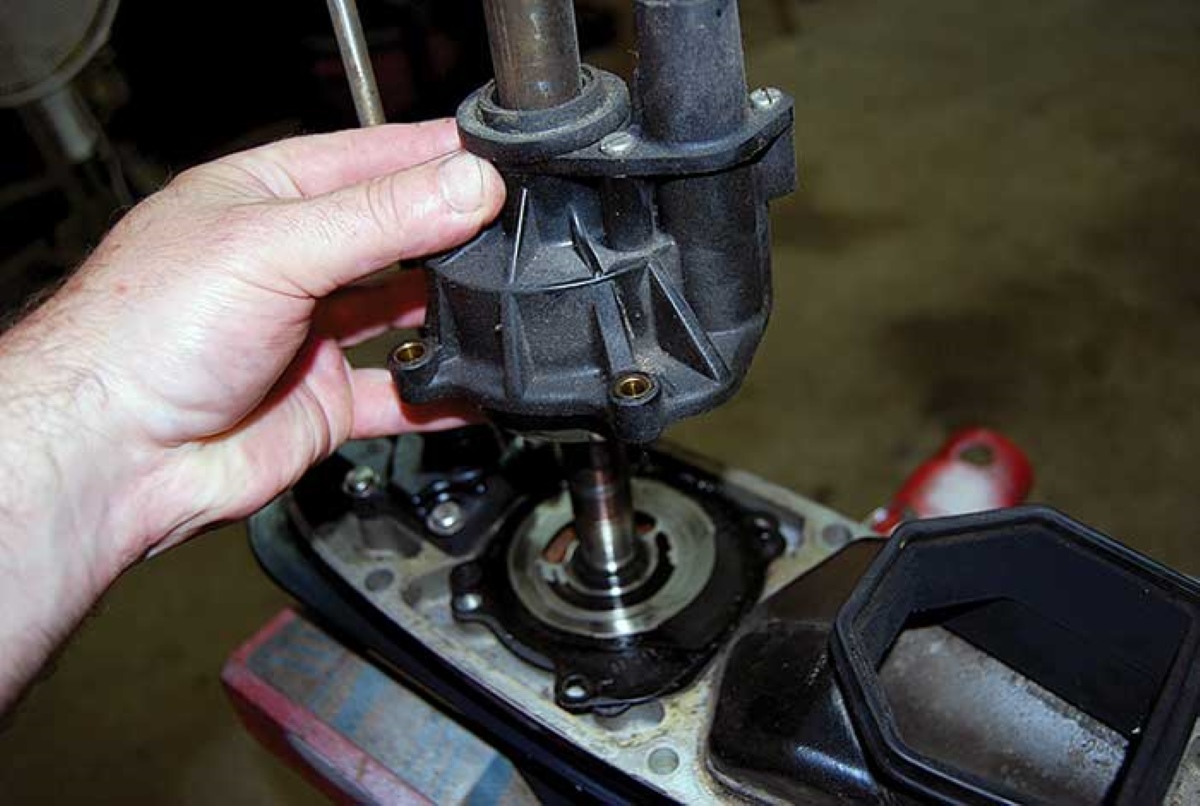
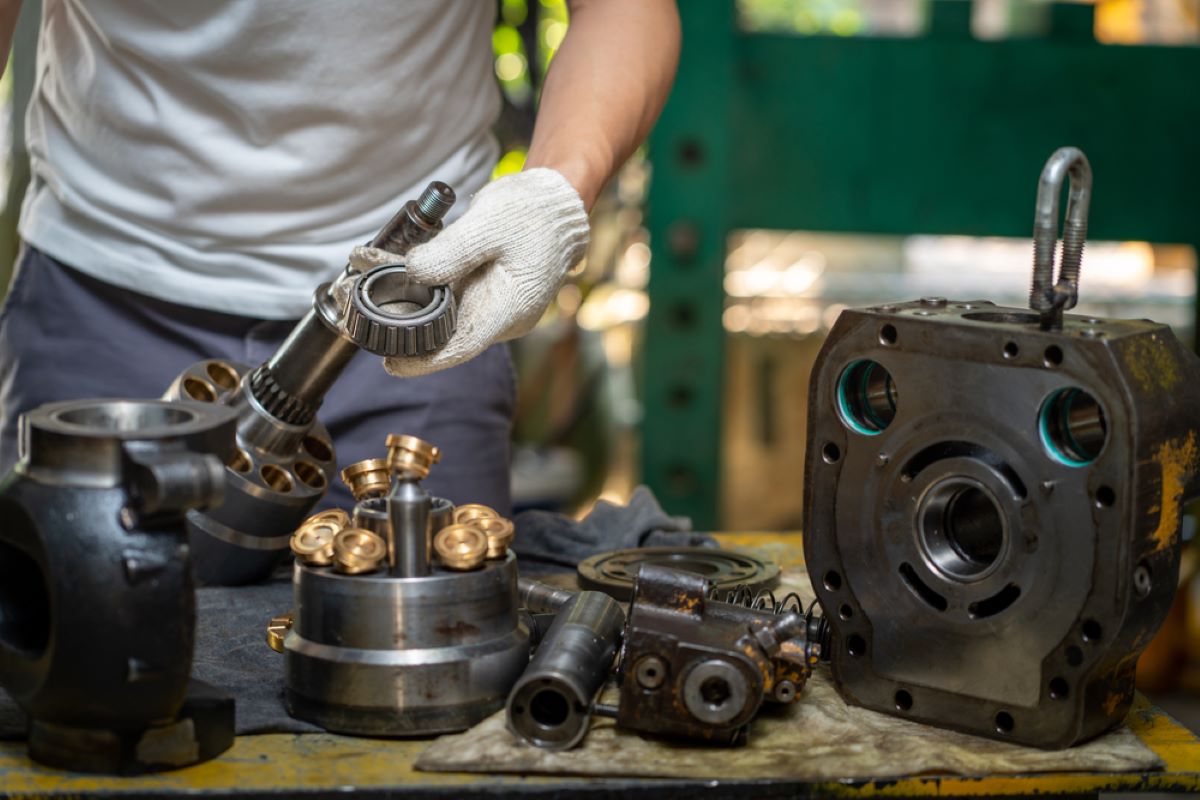
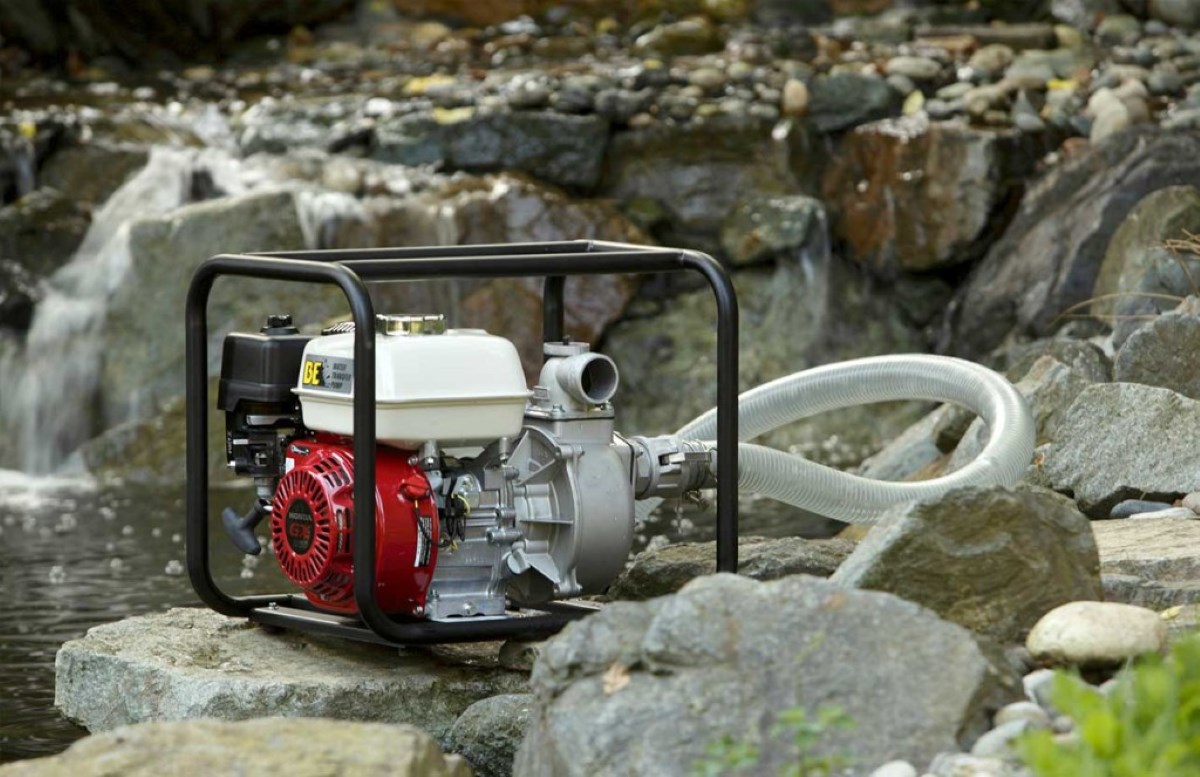
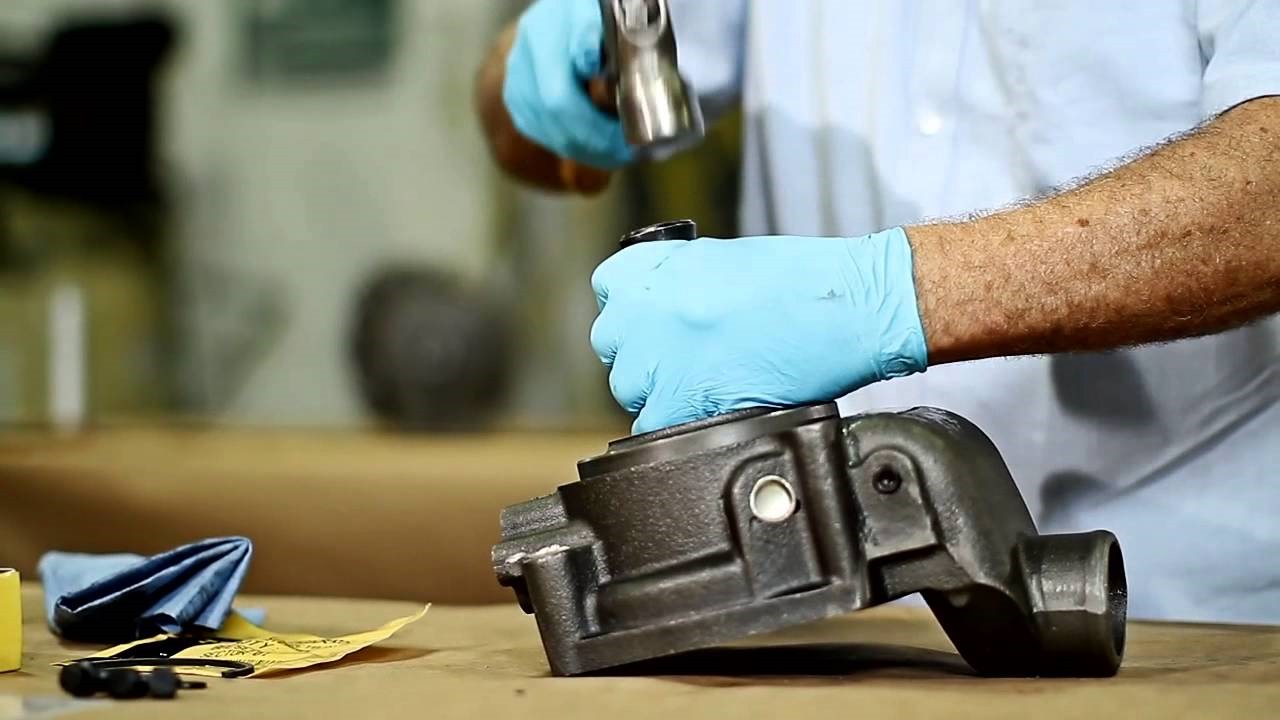
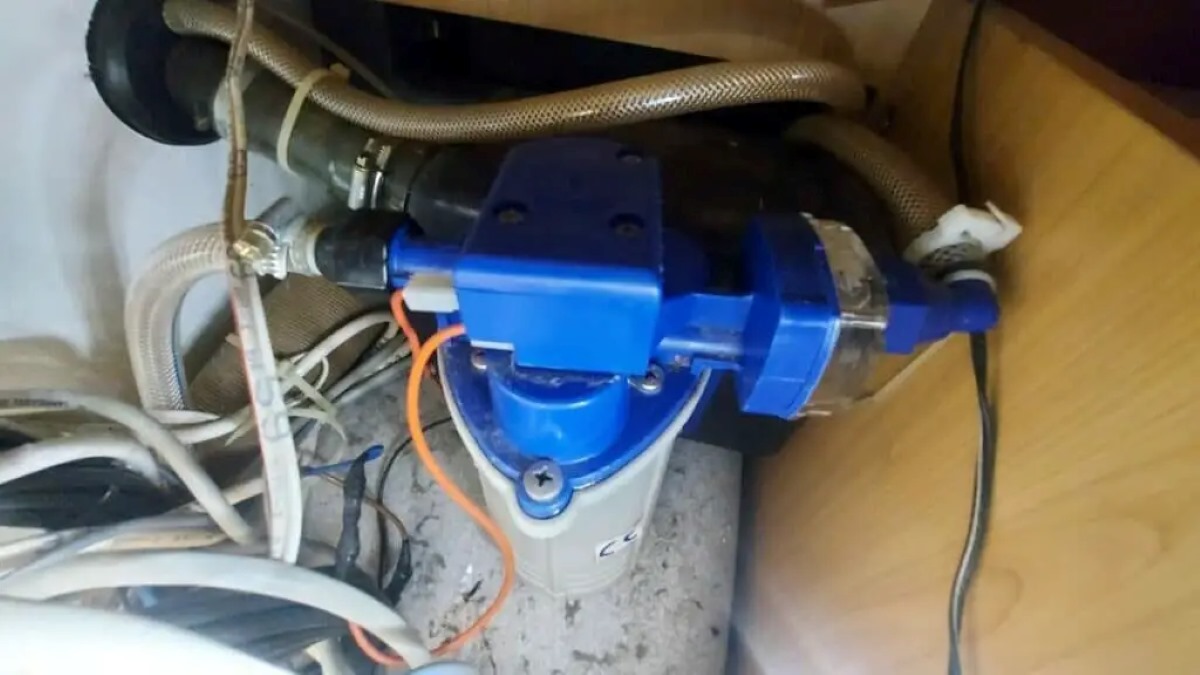
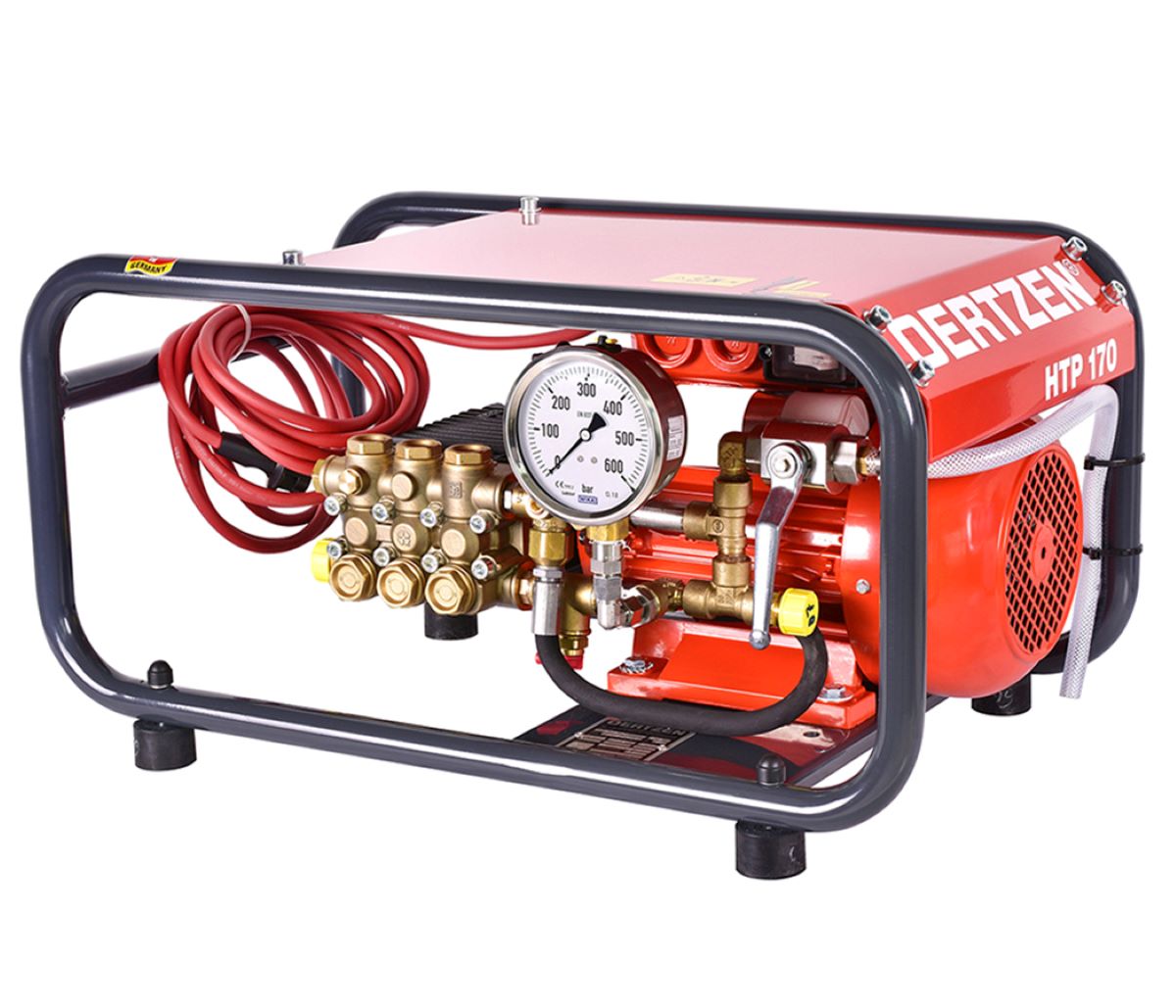
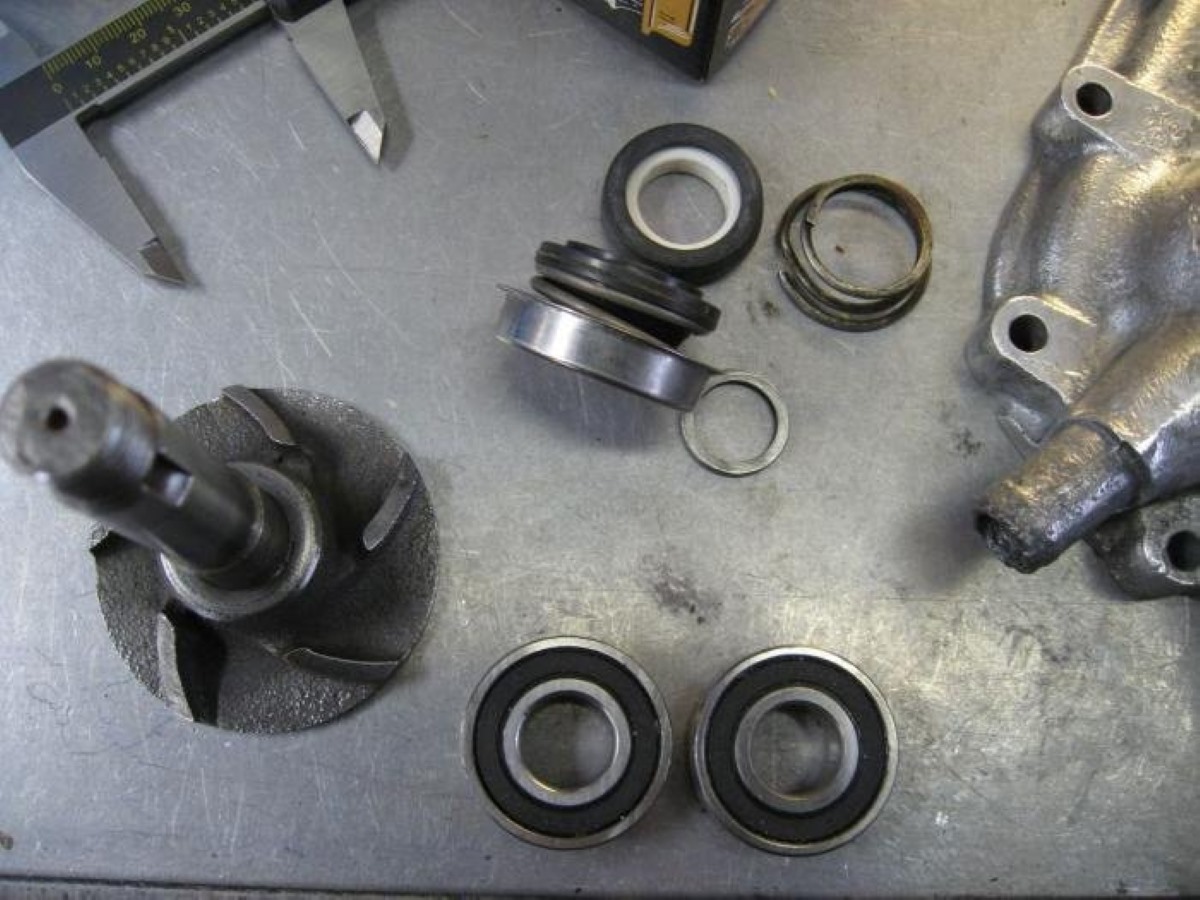
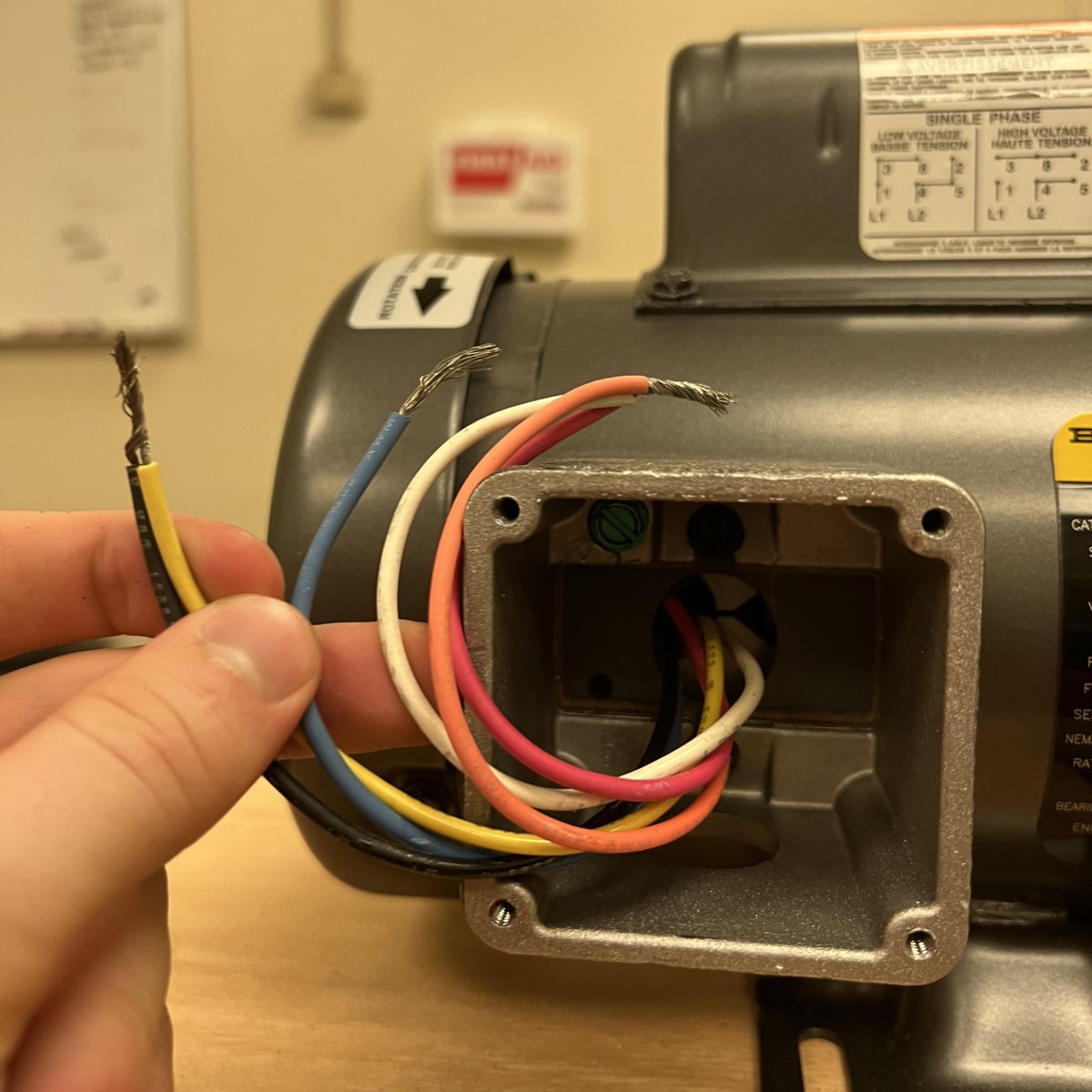
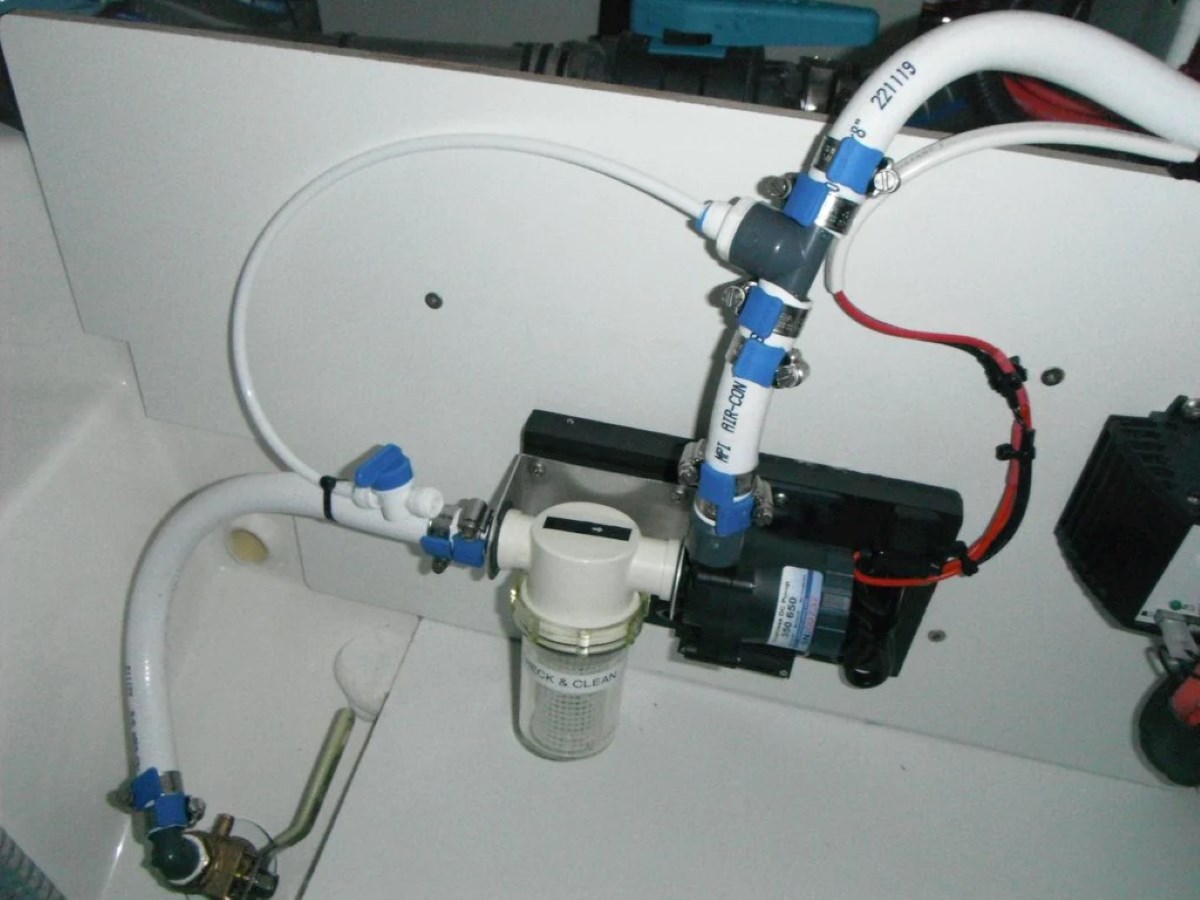
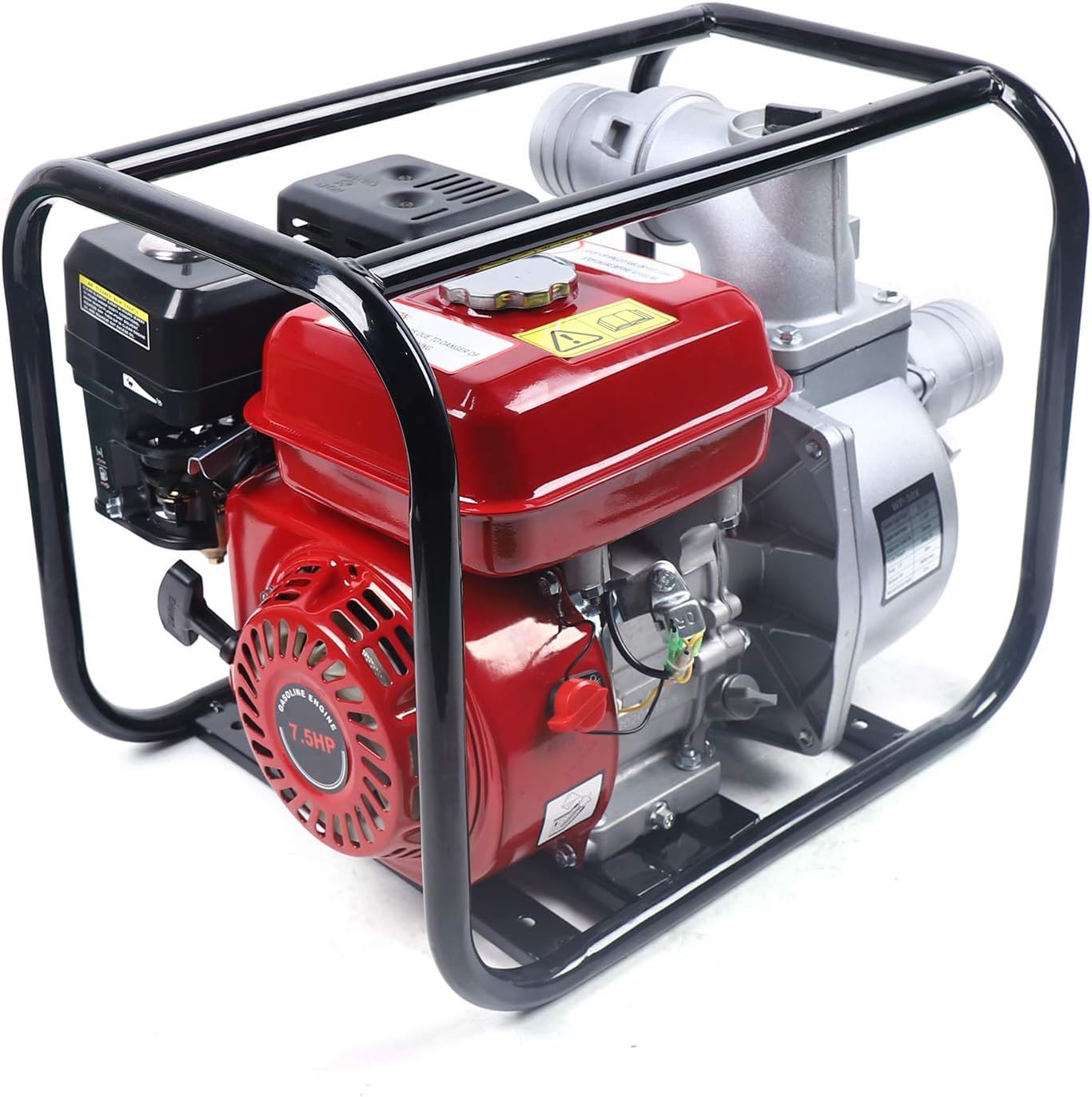
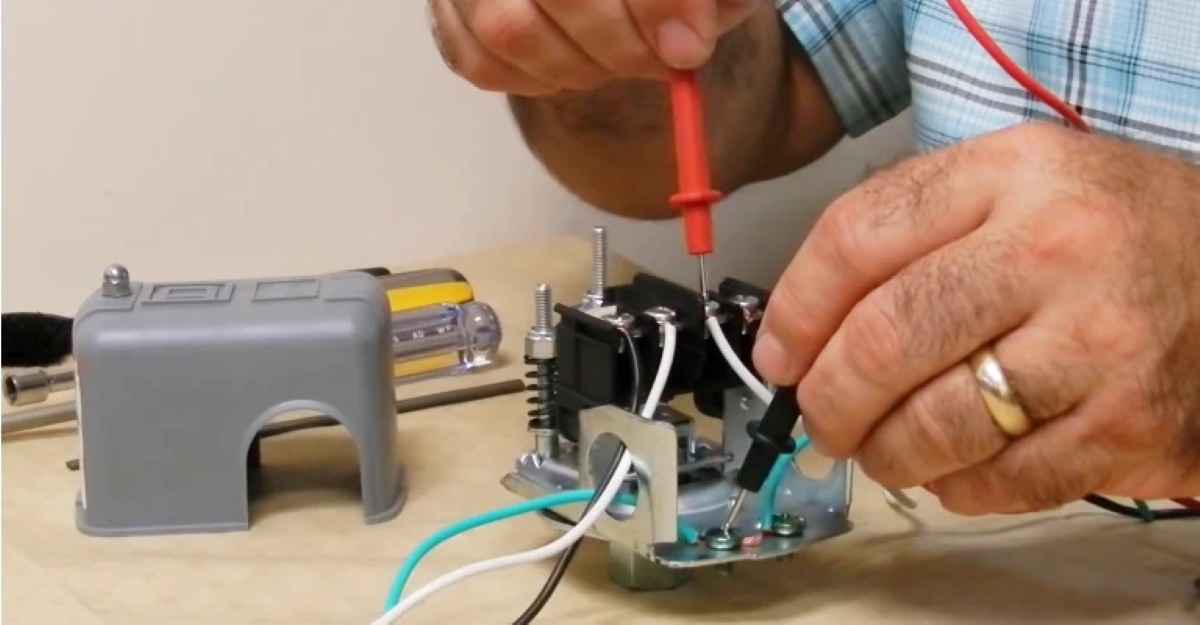
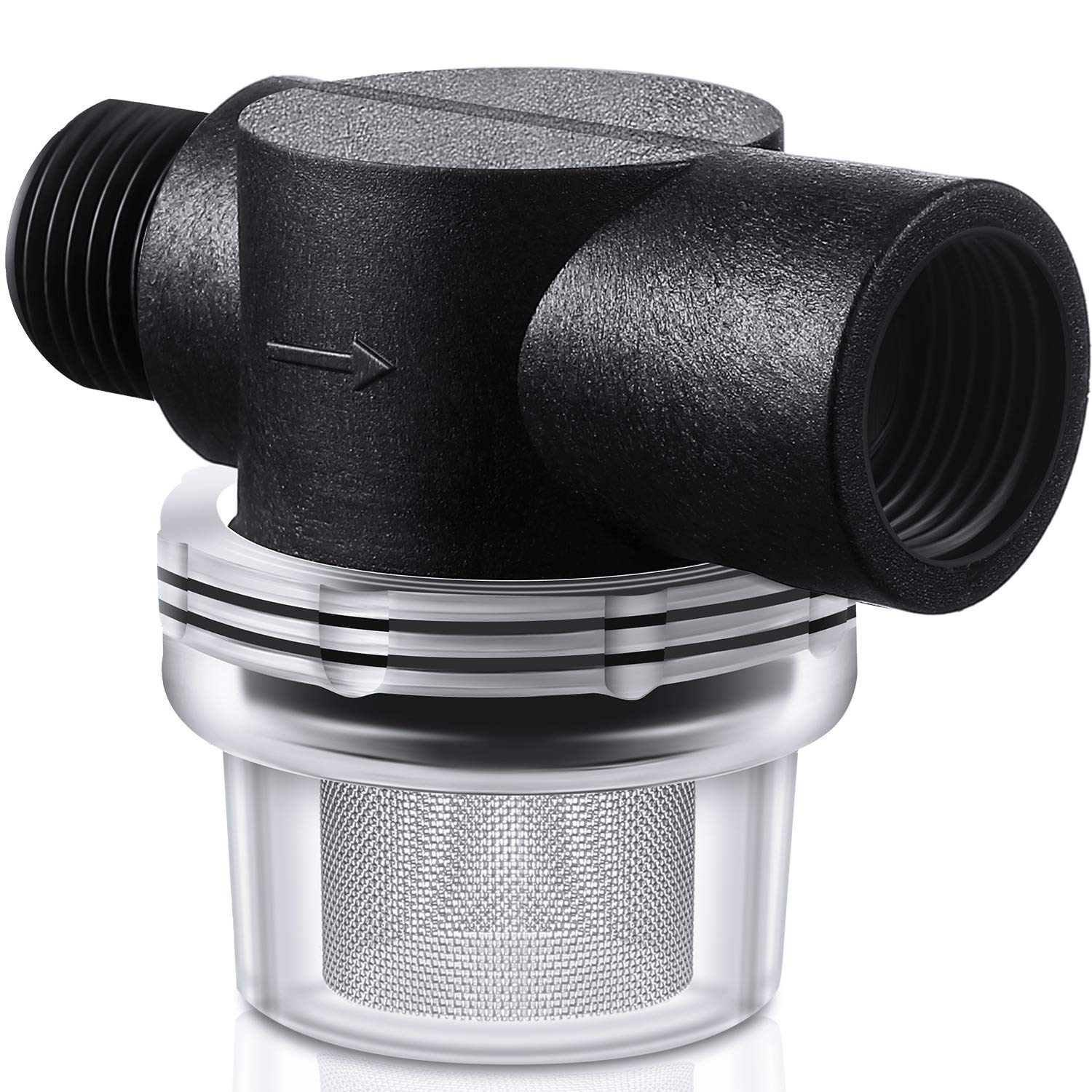
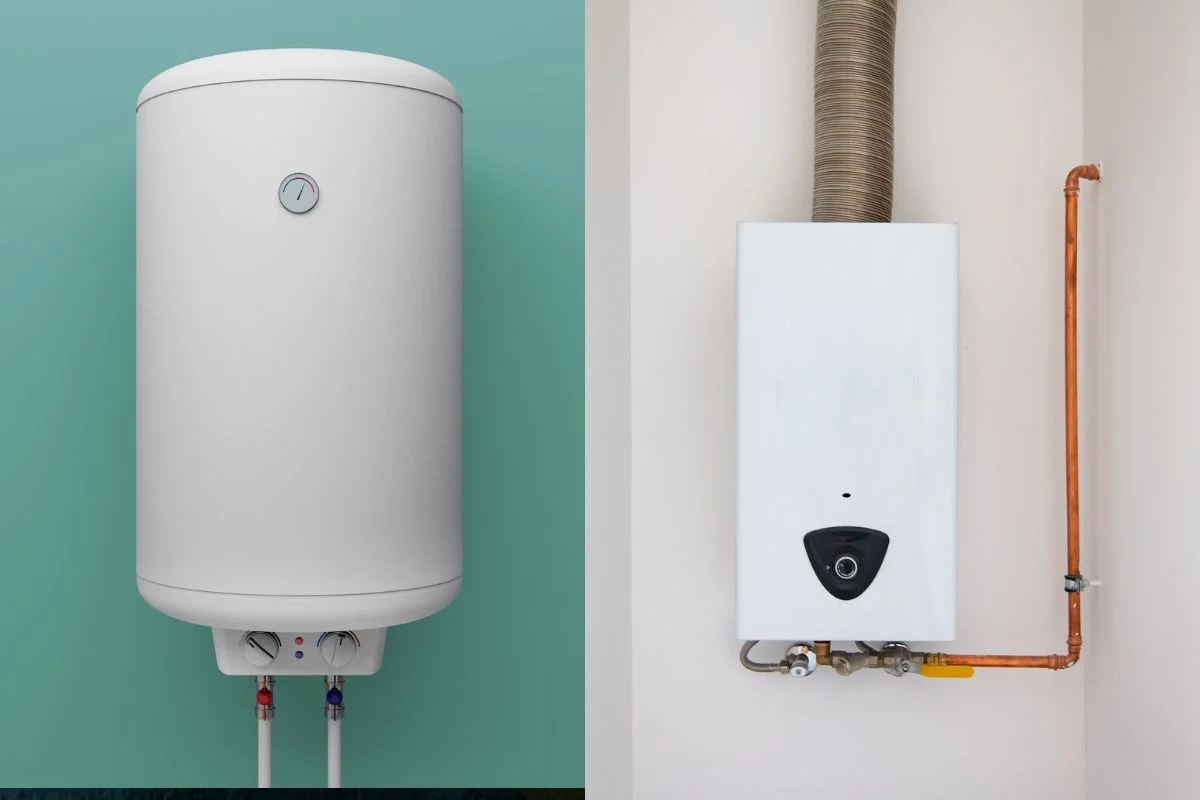
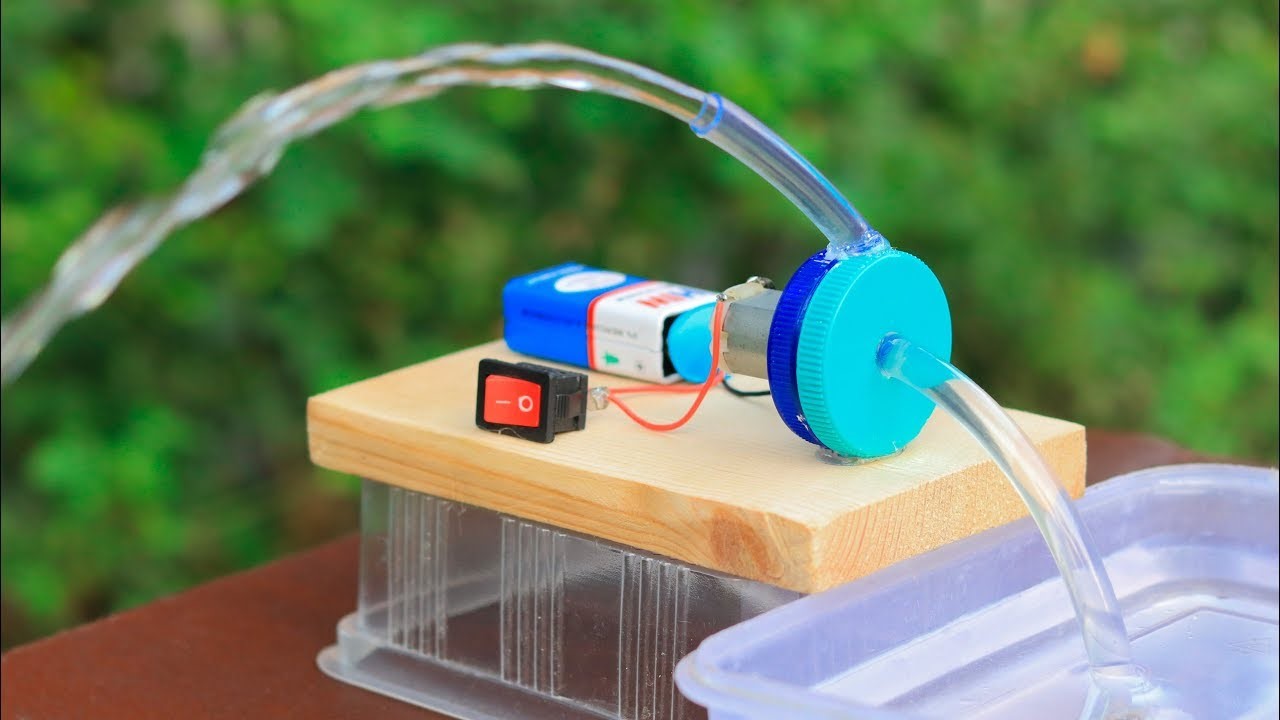

0 thoughts on “How To Tell If A Water Pump Is Pumping”